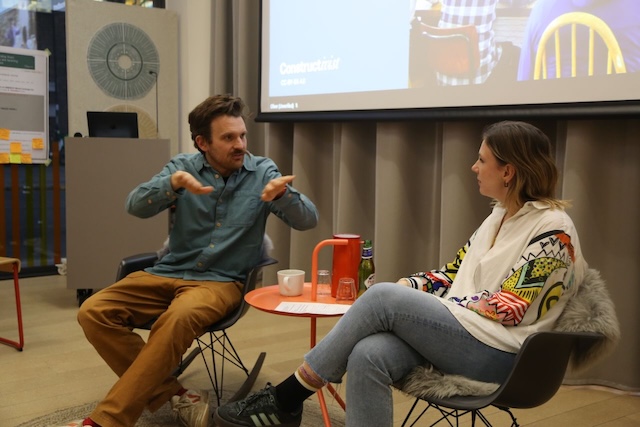On 30th January 2025, Oliver delivered the keynote for Hawkins Brown’s Regenerative Design Research Week, bringing together ideas on how regenerative design can reshape architectural practice.
As the final session in a week-long series of talks and workshops, this keynote helped tie together discussions on regenerative approaches in architecture. The session explored how organisations can map their activities against larger systems of change and provided practical frameworks for embedding regenerative principles into design practice.
Key themes explored
During the keynote, Oliver covered:
- The difference between regenerative and sustainable design, and the broader goal of regenerative practice.
- The Library of Systems Change model, helping organisations map different areas of activity to understand their impact.
- The Three Roles of a Regenerative Designer – exploring how professionals can engage with systems change.
- The Four Components of a Regenerative Design Brief, as outlined in The Regenerative Structural Engineer.
- Case studies demonstrating regenerative design in action.
Session insights
A key takeaway from the session was the importance of recognising different horizons of change—some projects break the mould, while others sustain a business. The Library of Systems Change model was particularly useful in helping architects see how their work can contribute to a larger industry shift.
One of the most engaging discussions revolved around how to take action in regenerative design. A key response? Go and find the people already working on regenerative approaches—support them, connect them, and help them find funding.
Looking ahead
We are interested in finding, sharing, and amplifying examples where practitioners are experimenting with bringing about regenerative change. By highlighting and supporting these efforts, we can help connect practitioners, build momentum, and accelerate meaningful shifts in the built environment.
If you’re working on something in this space or would like to explore how regenerative approaches could shape your work, get in touch or check out our courses and the Regenerative Design Lab.

